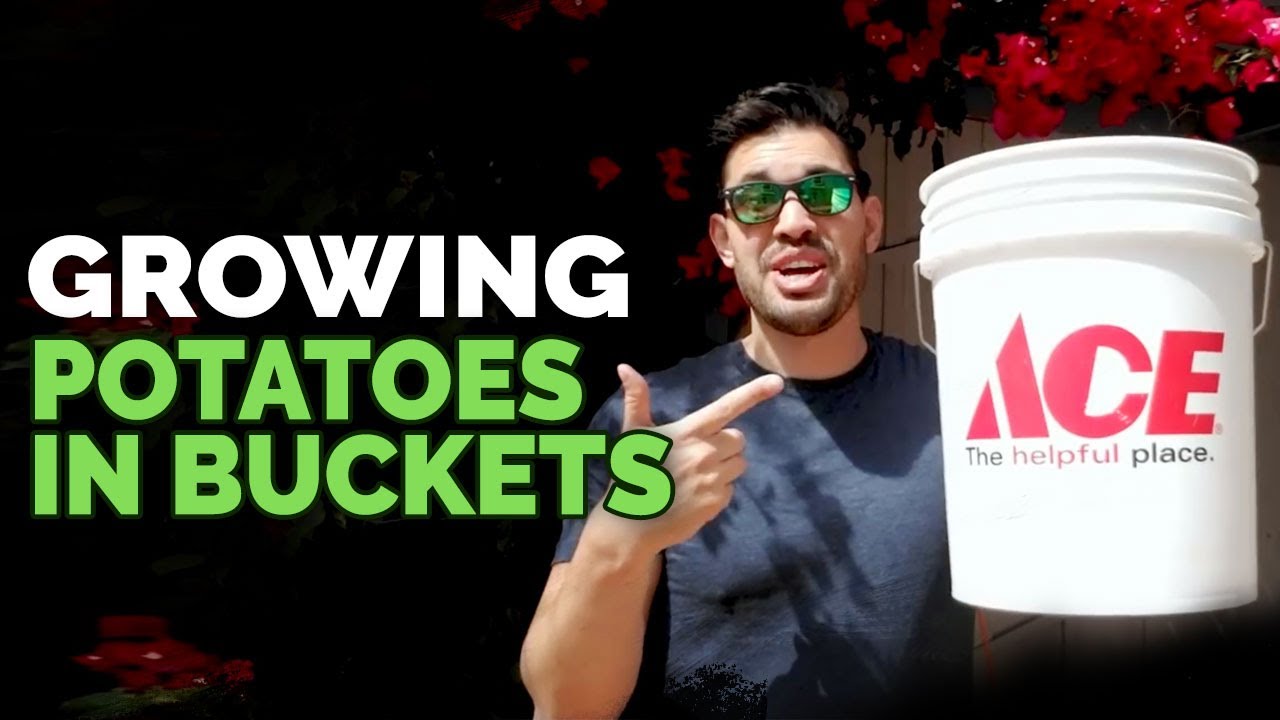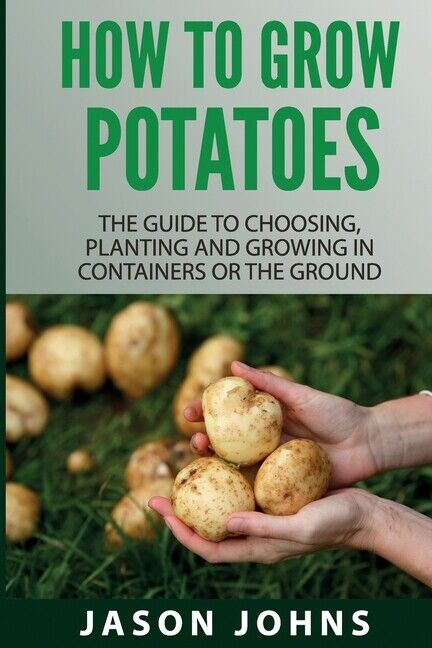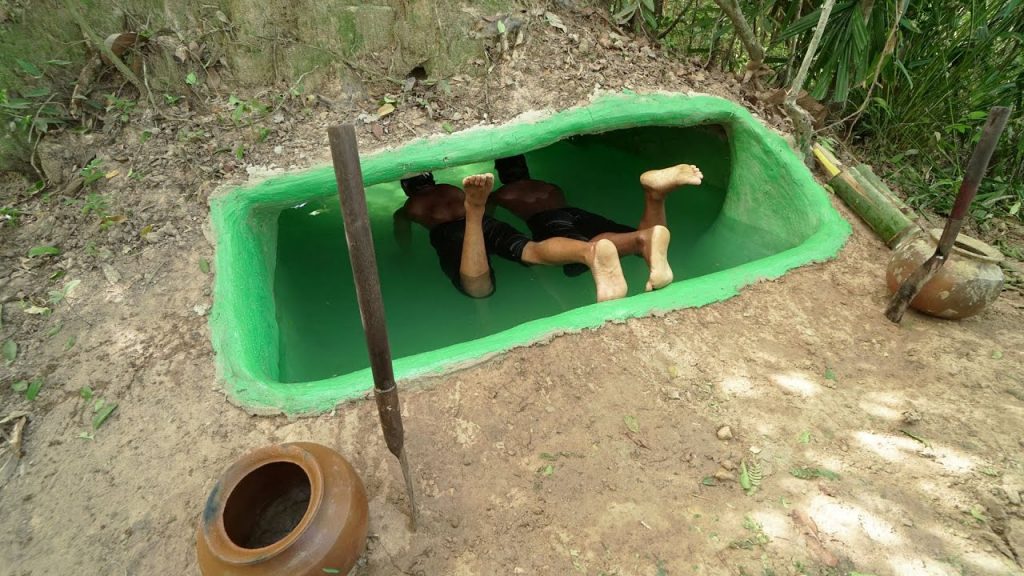How to Grow Potatoes in Buckets: Planting Techniques!

Today we take our seed potato sections from a previous video and plant them in our buckets!
I’m using 5 gallon buckets from Ace Hardware, but you can use whatever container you’ve got lying around the house.
I mixed up some compost, peat moss, and perlite, along with a handful of worm castings for the soil mix. After laying down 4″ of soil, I placed two seed potato chunks down and covered up with 6″ of soil, then watered it in.
Why is it important to avoid overwatering the soil when growing potatoes in buckets?
How to Grow Potatoes in Buckets: Planting Techniques!
Growing potatoes in buckets can be an effective and convenient gardening method for those who have limited space or poor soil conditions in their yard. By following the proper planting techniques, you can easily grow a yield of delicious potatoes right on your balcony or patio. In this article, we will be exploring the steps involved in growing potatoes in buckets.
Selecting Buckets
Firstly, you must select the appropriate buckets for your potato growing project. You can purchase buckets specifically designed for this purpose, or use any other suitable larger-sized containers (at least 5-gallon capacity). Make sure the buckets are free from cracks and holes, and have drainage holes at the bottom.
Choosing Seed Potatoes
Next, choose your seed potatoes. These are special types of potatoes that are grown specifically for planting. You can obtain them from your local gardening store or online. It’s important to select certified seed potatoes as they are disease-free and will yield the best results.
Preparing the Buckets
Before planting, fill the buckets with a well-draining soil mixture (such as a potting mix), leaving about 3-4 inches of space at the top. Potatoes need well-draining soil to avoid rotting. Adding compost or aged manure can provide extra nutrients to the soil. Once the soil is in place, make several drainage holes at the bottom of the buckets.
Planting Potatoes
Cut the seed potatoes into small portions (each piece should have at least one or two “eyes,” which are small bumps on the surface of the potato). Let the cut potatoes dry out for a few days before planting, to avoid rotting. Once the cuts have dried, place the potatoes about 4 to 6 inches apart in the soil mixture, with the “eyes” facing upwards. Cover the potatoes with a few more inches of soil, leaving a space of about 2-3 inches below the rim of the bucket.
Caring for your Potato Plants
Water the soil generously to moisten it after planting, then water again when the top inch of the soil feels dry to the touch. Overwatering can lead to rotting, so make sure not to saturate the soil. Place your buckets in a sunny location, keeping them shaded during the hottest part of the day.
As the plants begin to grow, keep an eye out for sprouts poking through the soil. Add more soil to the buckets, leaving only one or two inches of the plant visible, as the plant grows taller. This process is called “hilling”. Hilling helps keep the soil cool and moist, while discouraging the development of new potatoes closer to the surface that can be “sunburnt” and turn green when exposed to sunlight.
Harvesting your Potatoes
Approximately 2-3 months after planting, the leaves of the potato plant will start to turn yellow and dieback. This is the sign that the tubers are starting to mature. You can reach into the soil to pull out new potatoes, or wait until the entire plant is brown and dry, then dump out the bucket to reveal a bounty of fully-grown potatoes.
In conclusion, growing potatoes in buckets is an easy and convenient way to enjoy freshly grown produce even without a garden. By selecting the right containers, soil mixture, seed potatoes, and caring for the plants properly, you can harvest a quantity of delicious potatoes to enjoy with your friends and family. Happy planting!










Deep inside El Chapo’s secret tunnels
The Teen With The Bionic Arms | SHAKE MY BEAUTY
Flying 240 Miles In 22 Minutes
Robert Wadlow, The Tallest Man in History
A Peek at the Haven